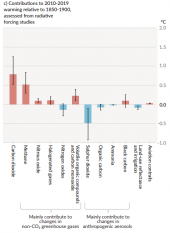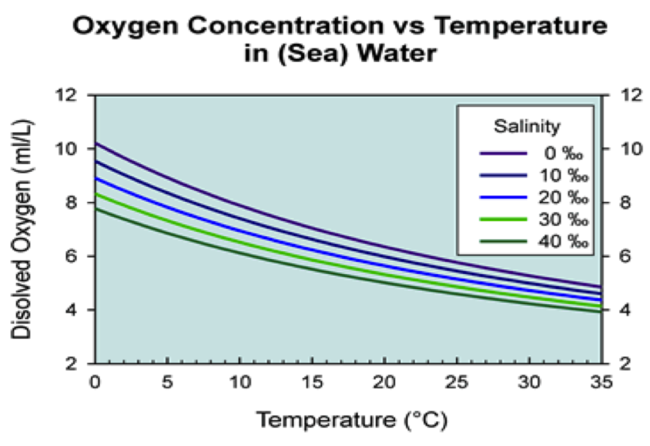Up to page 60, I swear the report would be a third of it's size if they took out the phase
Human influence has. What's interesting is that they don't claim humans are the
only factor, just
influencing other things going on. I get why they drag the point on,
we started it and only
we can halt/reverse it. Not like the dolphins have a plan (they should, that deoxygenation of the ocean sounds bad for their food supply).
In the end, it really doesn't matter. If we want the sea level and weather patterns to stay where they're at regardless of long-term natural cycles, then we need to do some planetary engineering/terraforming (other than the accidental ones we've done making electricity, concrete, and cows).
Might not be too much more to report from it, the section I'm in now is "what if" based on how much we curtail emissions and is all low probability so not much reason to report it.
Also looks like I owe China an
apology.

They signed onto the
Montreal Accords and banned CFCs in 1991. The CFCs that have been spewing out of their country are
rogue operations. If you're into the Tom Clancey stuff, it's an interesting
read of government denial/acceptance. Not sure why the U.S. just wouldn't share satellite imagery of where it was being produced ;-). Anyway, it
quietly got stopped...
ref... so kudos to the Chinese investigators and authorities that took action. Can't help but think there's a movie that should be made from it (Steven Soderbergh?).










